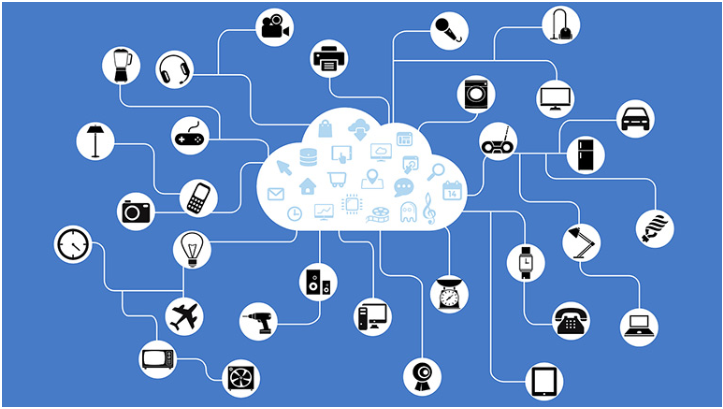
Image Credit: University of Leicester.
This breakthrough has the potential not only to enhance speed and reduce power consumption for mobile device users but also to harness the advantages of the upcoming 6G mobile technologies as the “Internet of things” continues to expand.
The details of this cutting-edge technology are outlined in a recent study published in IEEE Transactions on Communications.
The surge in connected devices, estimated at twenty-five million currently and projected to reach thirty billion by 2030, is putting a strain on the UK's mobile telecommunications network. With the proliferation of the “Internet of things,” an escalating array of technologies will be vying for network access.
While state-of-the-art telecommunication technologies have been established for current 5G applications, the escalating demands from a growing number of users and devices are resulting in slower connections and heightened energy consumption. These systems are hampered by the self-interference problem, adversely impacting communication quality and efficiency.
To address these challenges, the project introduces a novel technique called multicarrier-division duplex (MDD). This approach, recently proposed and studied, enables a network receiver to be nearly free of self-interference in the digital domain, relying solely on fast Fourier transform (FFT) processing.
The research team proposed a groundbreaking technology designed to optimize the assignment of subcarrier sets and the number of access point clusters, thereby enhancing communication quality across different networks.
Through simulations based on real-world industrial settings, the technology outperformed existing solutions, demonstrating a remarkable 10% reduction in power consumption compared to state-of-the-art technologies.
With our proposed technology, 5G/6G systems require less energy consumption, have faster device selection, and less resource allocation. Users may feel their mobile communication is quicker, wide,r and with reduced power demands.
Huiyu Zhou, Study Lead Principal Investigator and Professor, School of Computing and Mathematical Sciences, University of Leicester
Zhou continued, “The University of Leicester is leading the development of AI solutions for device selection and access point clustering. AI technologies, reinforcement learning in particular, help us to search for the best parameters used in the proposed wireless communication systems quickly and effectively.”
“This helps to save power, resources, and human labor. Without using AI technologies, we will spend much more time on rendering the best parameters for system set-up and device selection in the network,” added Zhou.
Currently, the team is persistently advancing efforts to optimize the proposed technologies and streamline the computational complexity of the technique.
The source code for the proposed method has been openly published and disseminated globally, contributing to the promotion of research across the scientific community.
Journal Reference:
Li, B., et al. (2023) MDD-Enabled Two-Tier Terahertz Fronthaul in Indoor Industrial Cell-Free Massive MIMO. IEEE Xplore. doi.org/10.1109/TCOMM.2023.3330893.